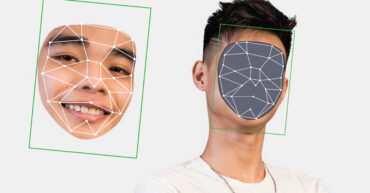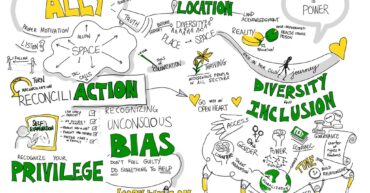XAI is like a translator that helps explain in simple ways how the AI brain works. It’s about making the AI’s thinking process clear, so everyone can understand, not just the super-smart scientists.
First things first, we need to decide what we want our ML model to learn. Think of it like choosing the theme for your birthday party. It could be anything from recognizing different types of animals in pictures to predicting the next number in a sequence.
In the world of Artificial Intelligence (AI), making sure everything is just right before you start cooking is a lot like preparing and cleaning your ingredients.
Imagine being able to create a video of your favorite superhero saying whatever you want, or singing a duet with the biggest pop star, even if you never actually met them.
Fraud is when someone tries to trick you out of your money or personal information. It’s like if someone pretended to be your friend to sneak into your treehouse and then ran away with your favorite toys.
. This star was called Generative AI, a kind of Artificial Intelligence that’s like a magic wand, capable of creating things that never existed before. From painting pictures worthy of a museum to composing music that can make you dance or dream
AI bias is when AI systems, like robots or computer programs, make unfair decisions or show favoritism.
An AI bot, or AI chatbot, is a software application that can converse with humans in their natural language.
By automating the analysis and interpretation of medical images, AI is not only enhancing diagnostic accuracy but also revolutionizing patient care.
Ensemble learning is a powerful machine learning concept that involves combining several models to produce predictions that are more robust than those of the individual models. The idea is to reduce bias and variance, making the model more flexible and less sensitive to specific data.









